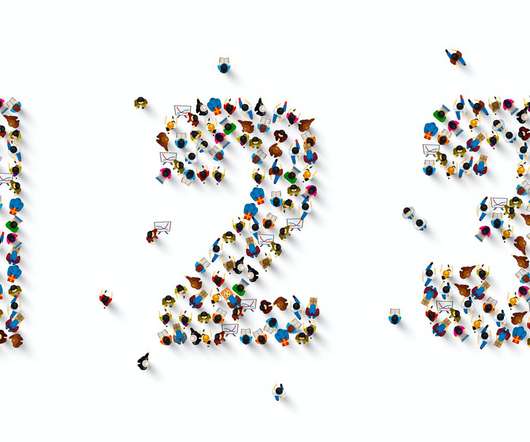Low Tech? No Problem. Here are 3 Alternative Ways to Help Distance Learning Happen.
Edsurge
APRIL 9, 2020
Laptops and internet connections are not available in every household , and even students who usually have such resources available may now find themselves competing for them with siblings or parents studying or working from home. About half own a tablet computer, while three-quarters own desktop or laptop computers.


















Let's personalize your content